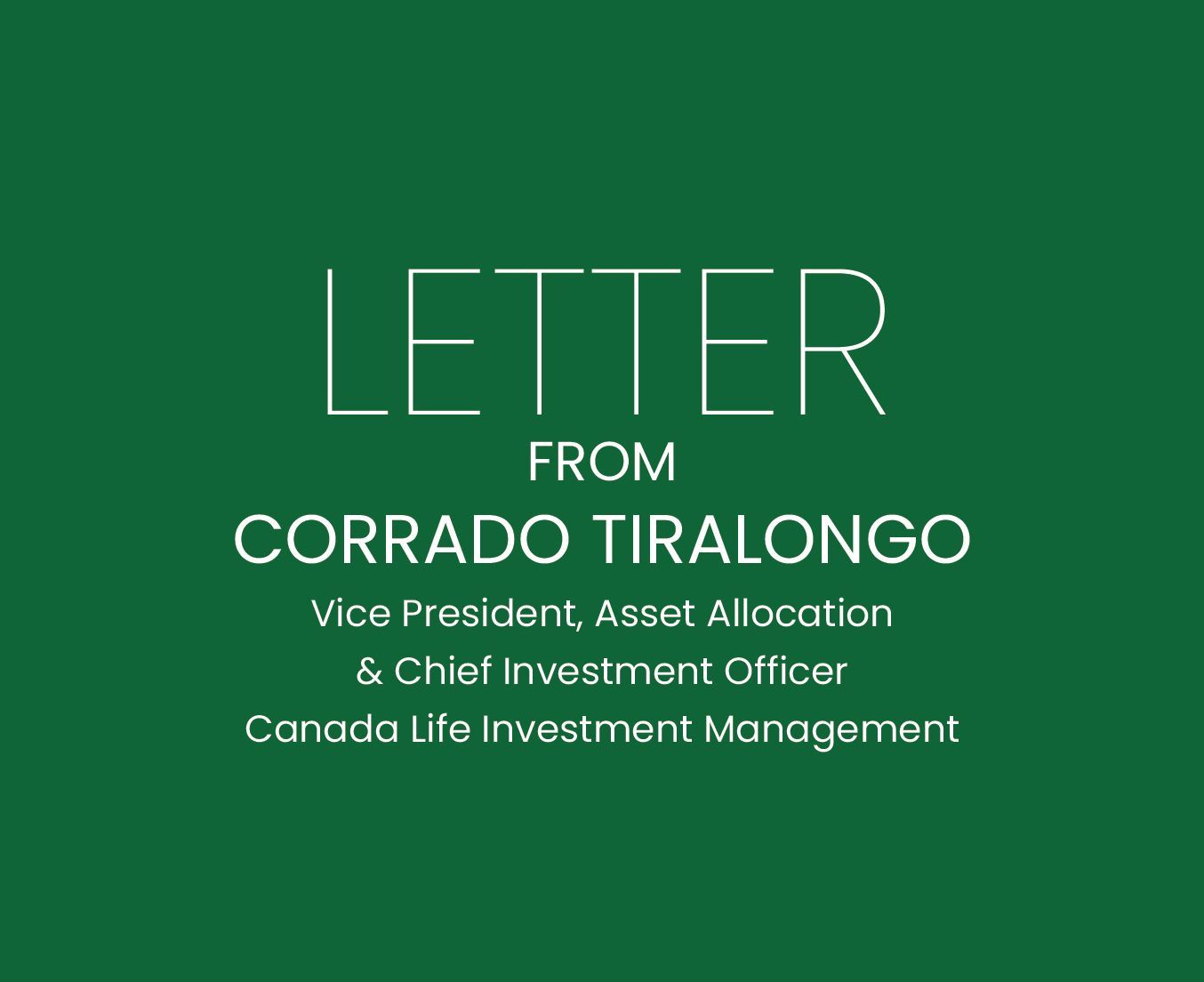Dean’s Perspective: “The same amount of savings can produce very different income streams in retirement for different people. If you understand the rules that can impact future income, taking tax into account, a client like Sarah can be set up to enjoy the retirement they want earlier than expected. I call this a ‘tax-smart lifestyle,’ and it’s what I aim to deliver for all of my clients.”
When you’re in retirement planning mode, retirement can seem more like an abstract idea than a reality. But the retirement stage of life can be just as dynamic as the years that precede it.
Retirement has also changed over the years. For example, fewer people have traditional defined-benefit pension plans these days, meaning they need to develop their own strategies to ensure income lasts through the retirement years.
Abbotsford, B.C.-based IPC financial advisor, Dean Lewis says a retirement income plan that considers all aspects of your personal situation, expected income streams, and government benefits, as well as how to efficiently drawdown on your overall portfolio, is critical to help you maximize the spending power of your savings.
Dean explains how his approach helped his client, Sarah Jennings, secure her retirement income and meet her goal to retire early and address one of her main concerns – higher healthcare costs.
The Goal: Retire Early and Meet Healthcare Costs
Sarah, 60, wondered whether she could choose to retire before 65. She’d never benefited from an employer-sponsored pension plan, and questioned whether her savings – about $350,000 spread across a Tax-Free Savings Account, a Registered Retirement Savings Plan, and a non-registered investment account – would be enough to meet her needs.
A retirement income plan that considers all aspects of your personal situation, expected income streams, and government benefits, as well as how to efficiently drawdown, is critical to help you maximize the spending power.
Sarah is single with health concerns and wants to make sure she can enjoy her retirement. That means balancing working long enough to build up her savings and retiring early enough to enjoy the things she’s looking forward to in retirement, such as travel, playing more golf
The Plan: Target Spending to Your Retirement Lifestyle
“In my experience,” says Dean, “people are the busiest and most active between ages 60 and 75. I design retirement income plans to make sure they have enough funds to make this first phase of their retirement meaningful and enjoyable.”
One of the most efficient ways to make sure my clients get the most for their retirement savings is to control their future costs, says Dean.
That often means drawing from taxable savings, such as Registered Retirement Savings Plans, first, and leaving non-taxable savings, such as a Tax-Free Savings Account, to be drawn down later in retirement.
Dean explains that in British Columbia, where Sarah lives, she is eligible for the Fair PharmaCare program, which helps eligible B.C. residents with the cost of some prescription drugs and medical supplies. This benefit can help address Sarah’s concerns over the rising cost of healthcare as she ages.
By drawing down Sarah’s taxable savings first, and leaving her non-taxable savings for later in retirement, Sarah’s taxable income will fall over time. And because PharmaCare premiums are based on taxable income, this means Sarah’s PharmaCare bill could drop from its current rate of $1,100 per year to just $300 per year, based on today’s rates.
Taking the Canada Pension Plan benefit early is another strategy to keep taxable income lower in retirement. Taking CPP earlier means a smaller CPP benefit, which in turn means that a retiree might qualify for the Guaranteed Income Supplement, a non-taxable benefit added to the Old Age Security benefit for lower-income seniors.
The Plan in Action: Efficient Drawdown, Government Benefits and Long-Term Growth Allocation
Based on Sarah’s assets and expected income, plus the tactics for maximizing after-tax income, Dean shows Sarah that she can retire at 60 – five years ahead of plan – while maintaining her standard of living in retirement.
In Sarah’s case, drawing down taxable savings from her RRSP earlier in retirement means her TFSA can be invested for long-term growth. Sarah’s TFSA can grow until it is needed, providing the potential to increase her income in retirement.
Once Sarah’s taxable savings from her RRSP are depleted, she will qualify for lower PharmaCare premiums and the Guaranteed Income Supplement along with her Old Age Security benefit.
Dean advises Sarah to start taking her Canada Pension Plan benefit as soon as she retires. Having a lower Canada Pension Plan benefit when she is 65, once eligibility for the Guaranteed Income Supplement begins, will boost the amount of Guaranteed Income Supplement she can receive, giving her more income to spend every month.
Sarah’s Insight: “Dean showed me how all the different parts of my retirement income could fit together to meet my needs. I’ve been his client for more than ten years now, and I trust his advice completely. Before I started working with Dean, I thought that retirement was probably many years away for me. His know-how made my early retirement goal work!”

If you're looking to start your retirement income plan, let's talk.
Investment Planning Counsel



